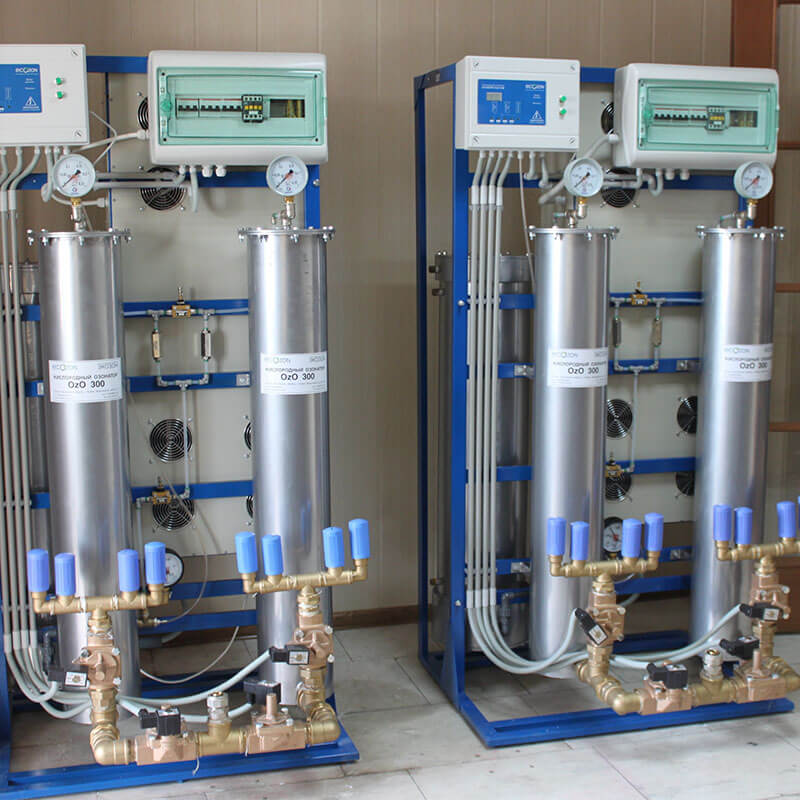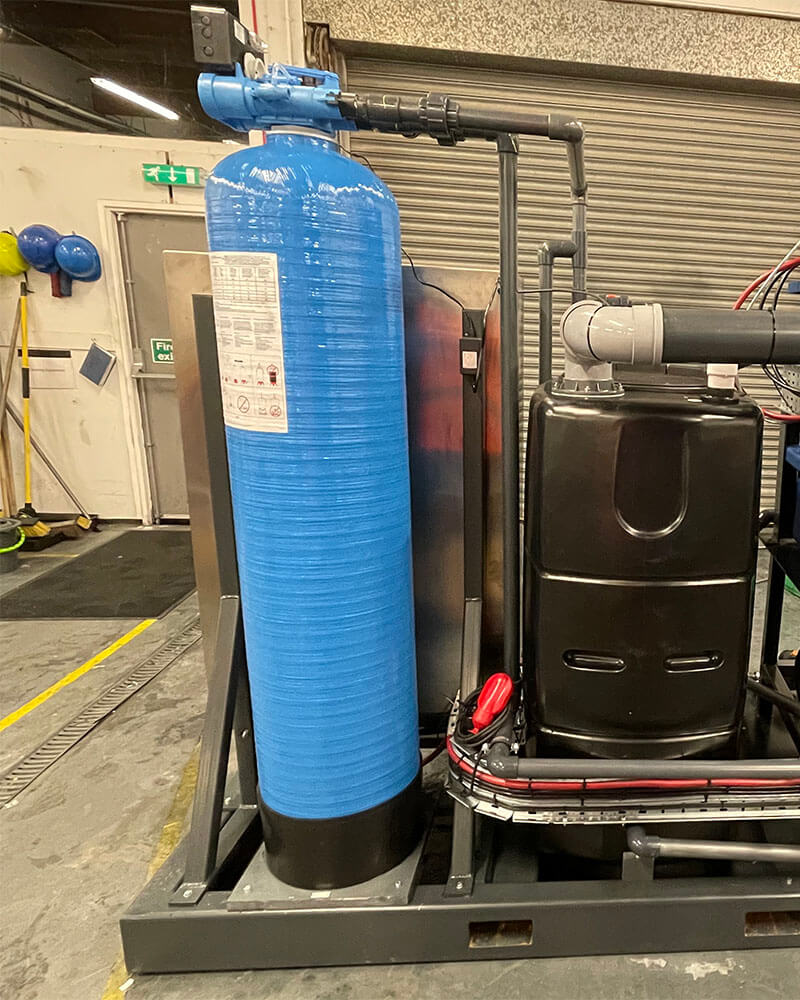Sotalol contamination in water can have both short-term and long-term consequences for aquatic ecosystems. In the short term, it can disrupt the normal physiological functions of aquatic organisms, affecting their growth, reproduction, and overall health.
Over time, sotalol can accumulate in organisms, leading to potential bioaccumulation and biomagnification through the food chain.
Studies have shown that sotalol can persist in water for extended periods, ranging from weeks to months, depending on environmental conditions.
Also, research data indicates the widespread presence of sotalol in marine environments, rivers, and watercourses, even in trace amounts. Although these concentrations may seem insignificant, the cumulative effect over time can have detrimental effects on aquatic ecosystems.






